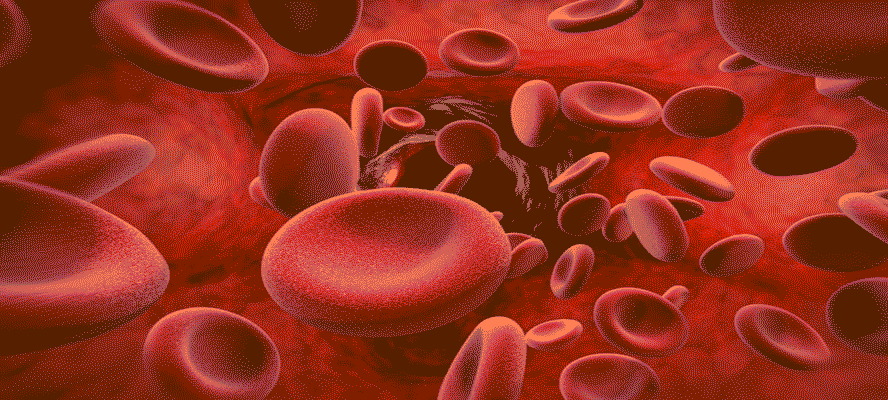A cut, a wound or an injury… anything which leads to release of N blood… can faint many! The sight of blood be it in an injury or in a syringe for testing, always psyches many and a few even faint at the sight of the red coloured oozing liquid! Human body does have a natural mechanism to thwart blood loss during any injury as blood is a very essential fluid connective tissue in the human body and loss of the same beyond certain levels can jeopardise safety and life. Clotting factors are proteins which under ideal conditions aid in healing the wound or source of blood loss.








